In this post I have explained what's inside a Bluetooth headset gadget and also know how to hack it for using it for other useful personalized applications.
The world is going digital at a rapid pace and advanced concepts such as Bluetooth are quickly replacing the other traditional form of technologies.
What's Bluetooth
What's Bluetooth? It's another wireless transmission technology used for exchanging a wide variety of data in a precoded form over short distances via devices that may be compatible to cell phone, smart phones, laptops, PCs, Wi-Fi systems etc.
Basically Bluetooth also incorporates Rf waves but in a digitally coded form, quite unlike to the traditional FM or AM concepts.
It's an advanced and enhanced form of wireless technology that is designed to be able to connect with many compatible devices at a time without encountering synchronization problems or hurdles.
A Bluetooth headset is another related device which is designed to exchange (transmit and receive) data using Bluetooth technology across similar above mentioned compatible devices.
It's a very interesting RF device which could be hacked by an hobbyist in order to make it work for any desired customized application. For example we can use the headset device to make our home theaters systems completely wireless with crystal clear responses, or may be we can use it for controlling a few of the appliances across the rooms in our house or apartment.
Opening a Bluetooth Headset gadget
In order to experiment with a Bluetooth Headset you could probably buy a typical type that's shown below or if you already have one you can use it for the discussed hacking procedures.
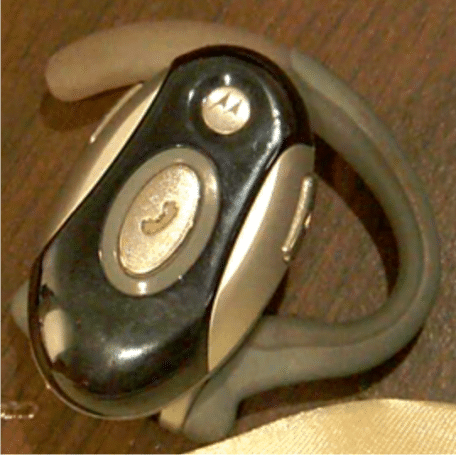
To break it open you can use a screw driver as shown in the picture below. However you will need to maintain extreme dexterity and care while operating the gadget making sure you don't damage the internal circuitry.
Once the cover is removed, you would come across another plastic shielding which you can identically remove using the tip of your screw driver.
Once the inner protection shield is peeled of, the actual PCB with various components would pop out from the shell as shown below.
In this position the few important things that would become visible are: two wires running toward a small speaker, two wires towards an in built MIC, an USB connector and an attached battery. See below for the details
Getting the Assembly Out
For getting the entire assembly out of the box, you could probably go ahead and remove the speaker and the Mic from their respective locations, in order to study them in-depth.
Identifying the MIC
The MIC could be found hidden inside a metallic clipping which could be pulled out with some careful effort.
Once removed.... the MIC, the speaker and the PCB with all the associated components could be studied in details as shown in the following figure:
Another important area we would be interested within the circuit is the USB socket, since its the input which receives all the data, and also the battery for getting well versed regarding what's inside a typical Bluetooth headset.
Identifying the Battery
The battery is a 3.7V Li-ion, 120mAH battery, as may be witnessed in the following image:
OK that's it, now we exactly know all that's inside a Bluetooth headset gear, and it's time to learn a few of the simple hacking techniques that would enable us to use any Bluetooth headset unit for performing the intended operations.
The next post have explained how to hack a Bluetooth Headset for other personalized implementations such as for remotely operating an appliance, as a spy bug, and audio related applications such as for making wireless speaker systems and home theater systems.

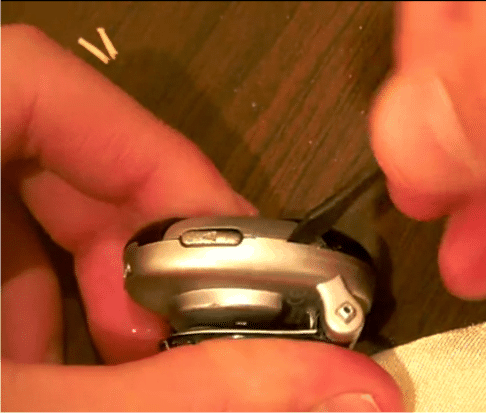
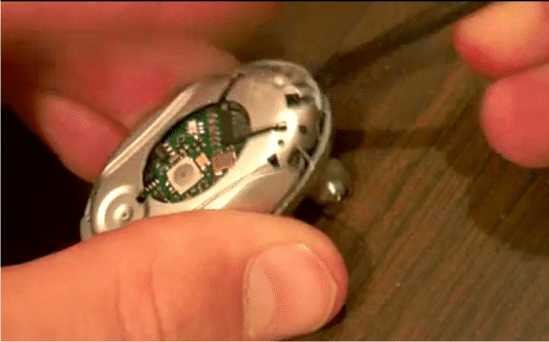
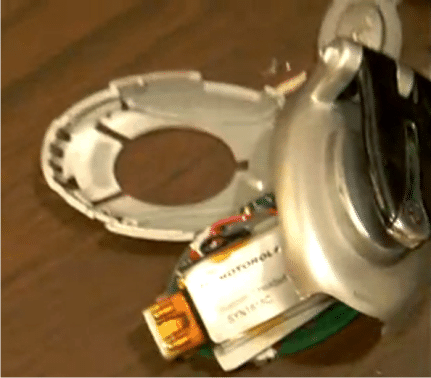
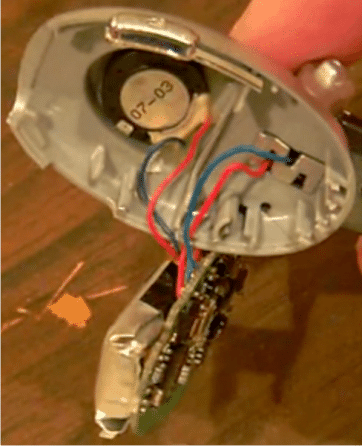
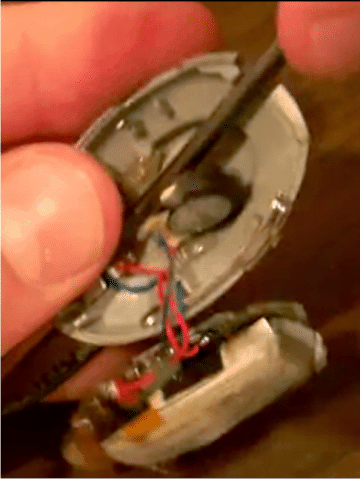
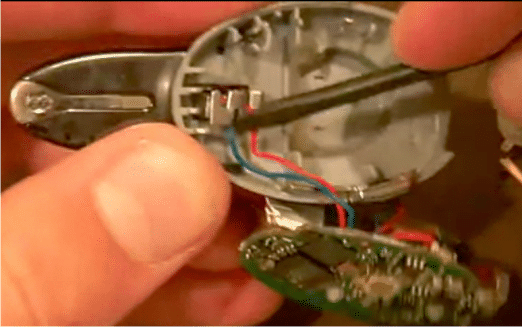
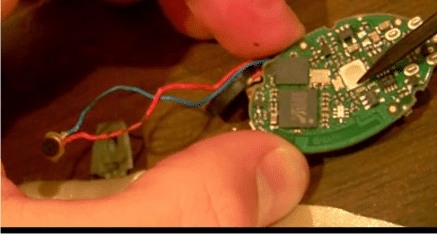
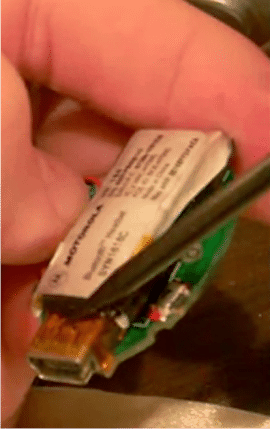
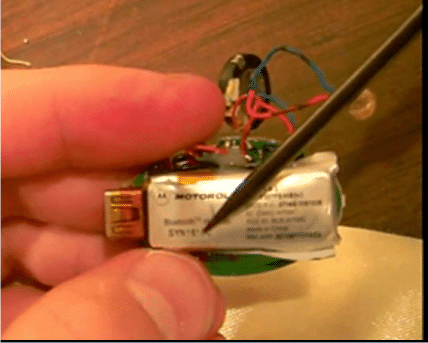
Swagatam, Can I program my laptop’s Bluetooth card and connect my smartphone to my laptop via Bluetooth so that whenever I receive a call, I can answer using my laptop. Just like portable Bluetooth.
Samarth, sorry I have no idea about this specific application.
Hi Samarth,
You could try these adapters.
BT600 Bluetooth 5.0 USB Receiver Transmitter Wireless Audio Adapter Dongle
Hellow Swagatam,
I am Shankar Dasgupta an Electronic technician and hobbyist ans from the year 1977 to 2005 I worked with Analog circuits. Basically in radio and audio devices.
I was little bit exposed with digital circuits and logic gates also used them sometimes in different projects. But, after understanding the flexibility of application of Microprocessor and micro controllers I became eager to learn about it. But there was very little scope specially at this age of 59 with so many family and social burdens.
But, while surfing internet, and when I came across your site I became enlightened and got sufficient clue and guidelines for learning it. Which I have just started with your PIC project and I think, it may be the best step to start with.
If any complication arises,I hope, I may get the proper guidance from your side.
Anyway my sincere thanks and best wishes to you for distributing knowledge free to all who were anxiously searching to learn but, may not have sufficient scope and resources.
May GOD bless you with more and more knowledge.
Sincerely
Shankar Dasgupta
Bhubaneswar, Orissa.
mail: [email protected]
Mob:9861125262 & 9776997907
Thank you Shankar, I am glad you liked my site and its contents, however since microcontroller is not my field of expertise I wouldn't be able to help you much regarding this subject, but as far as discrete electronics and theories are concerned i can definitely share it with you whenever you may need it.
I appreciate your interest and God bless you too!